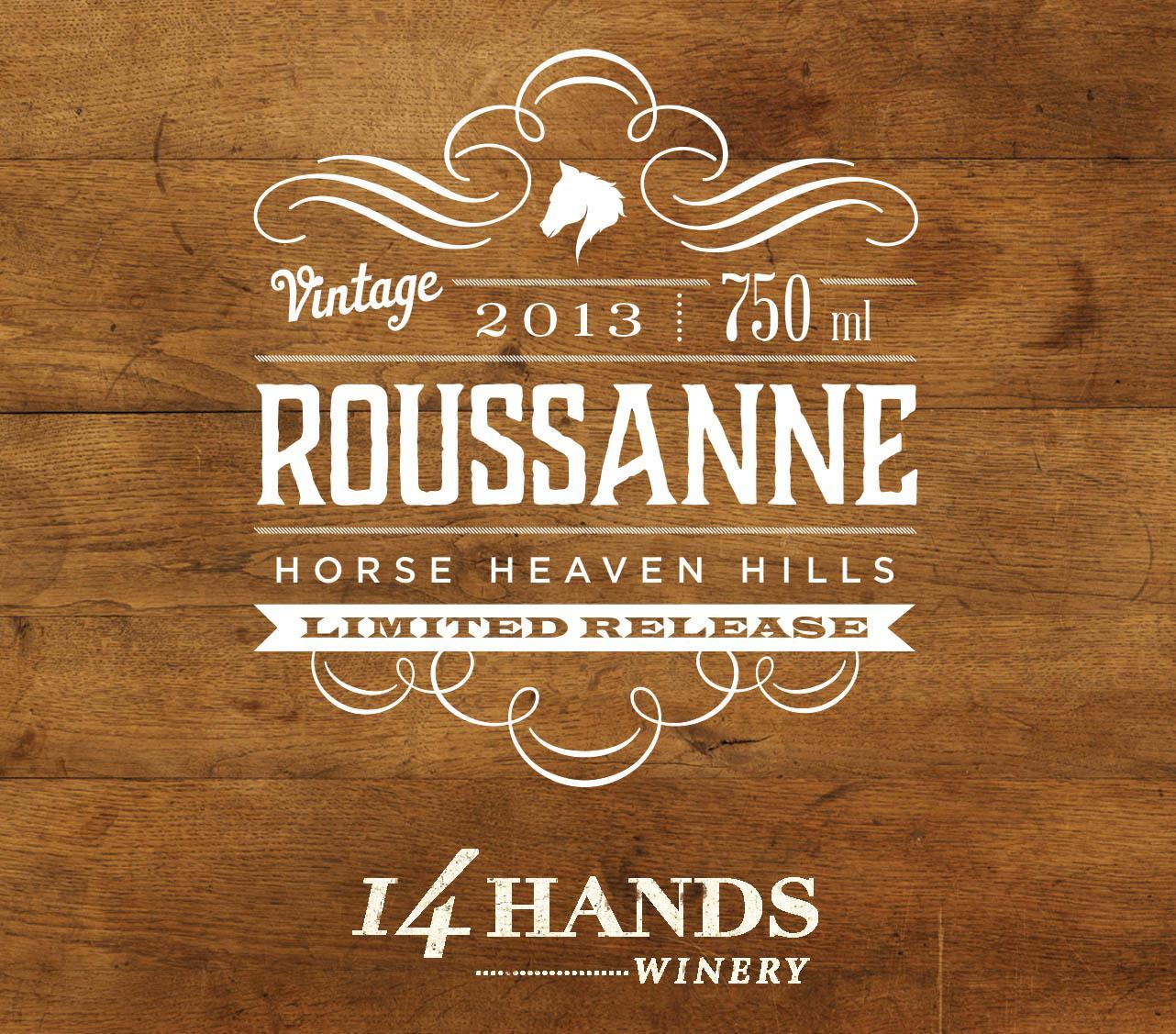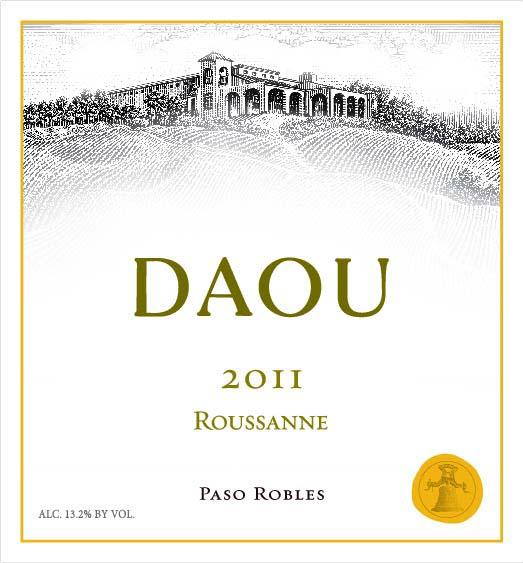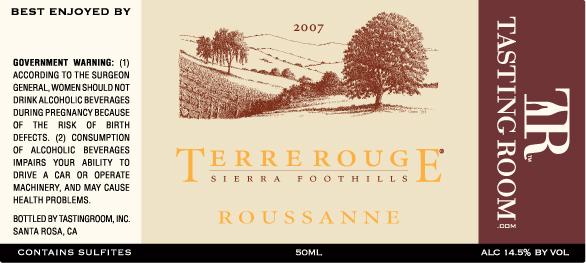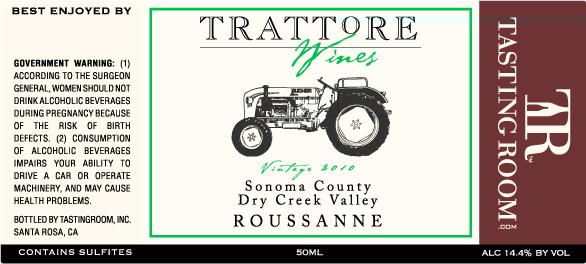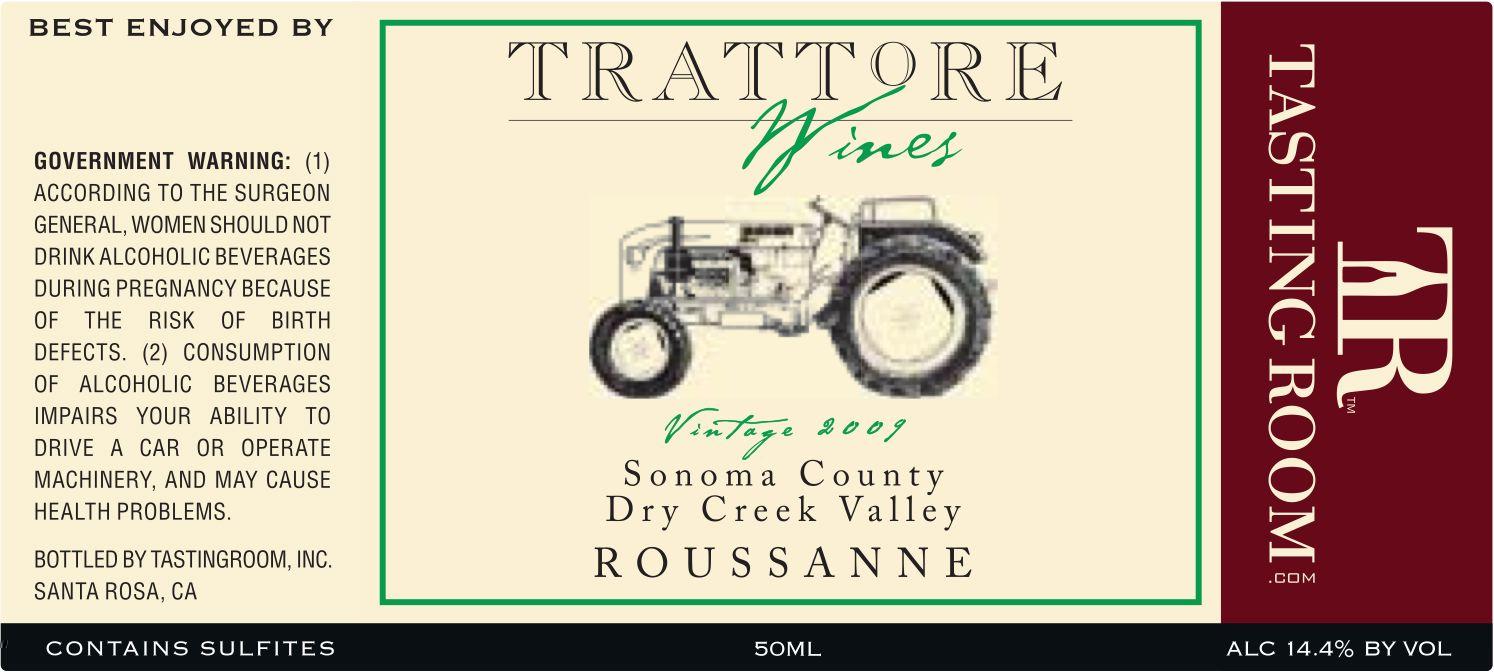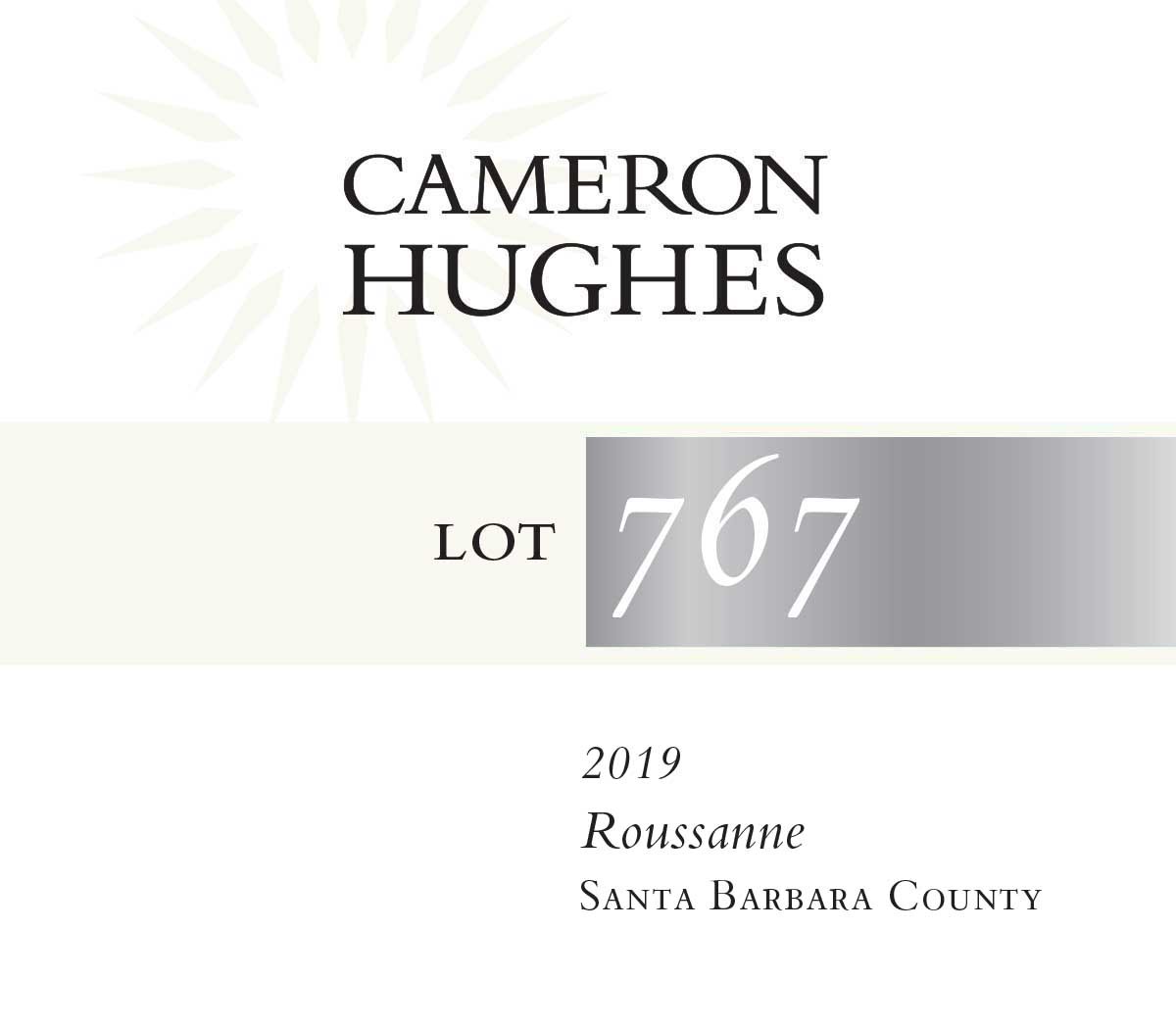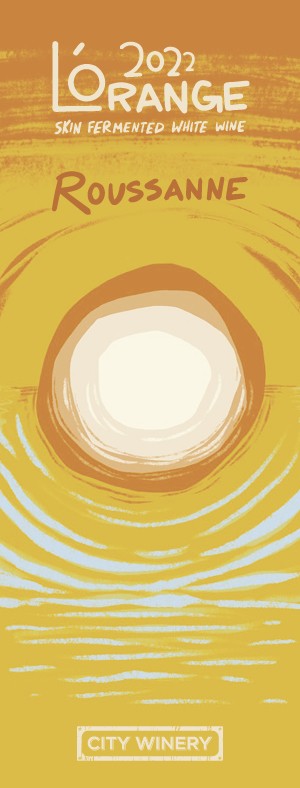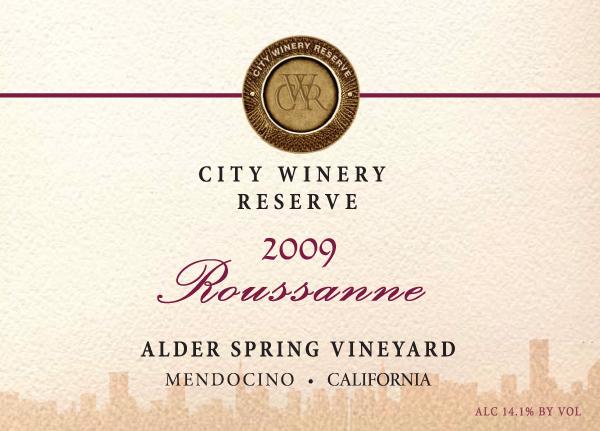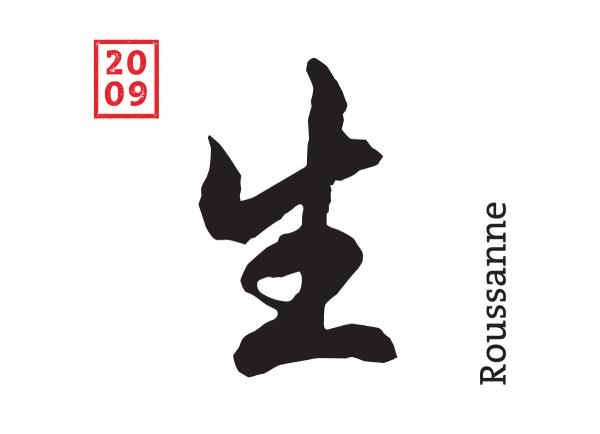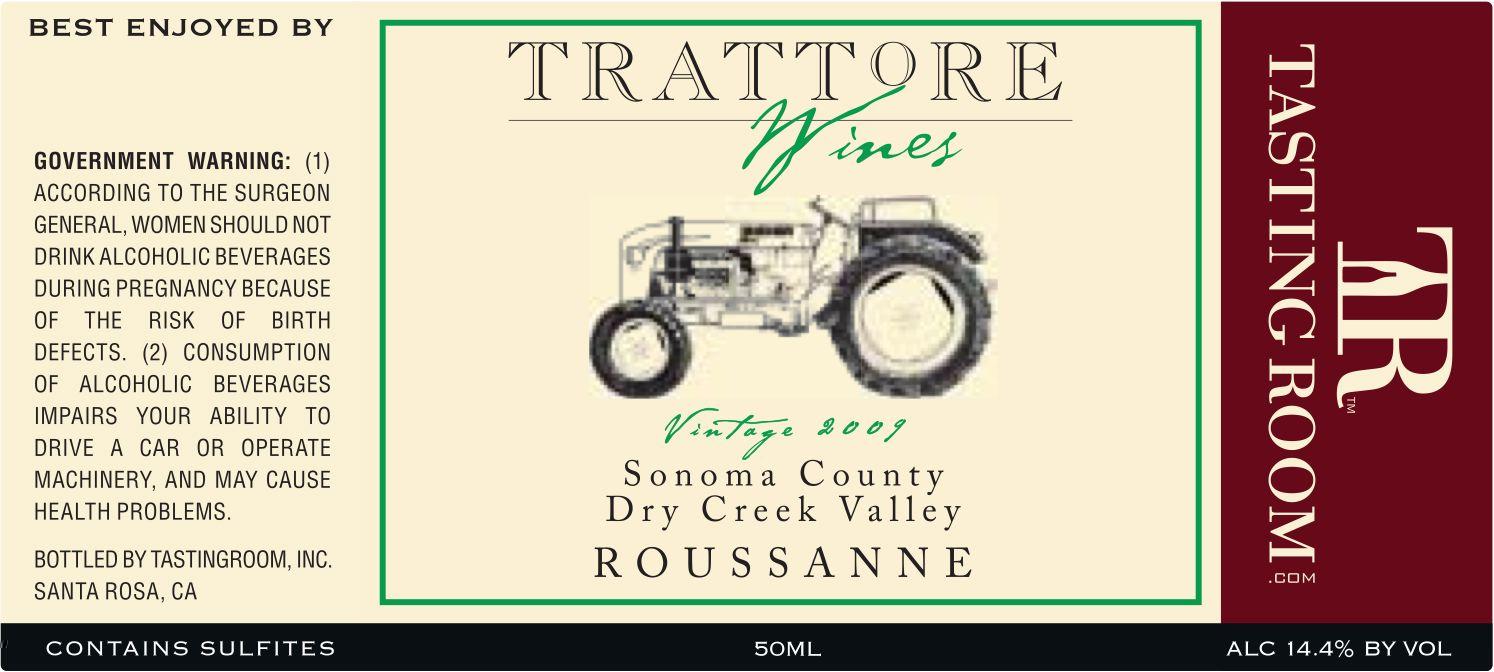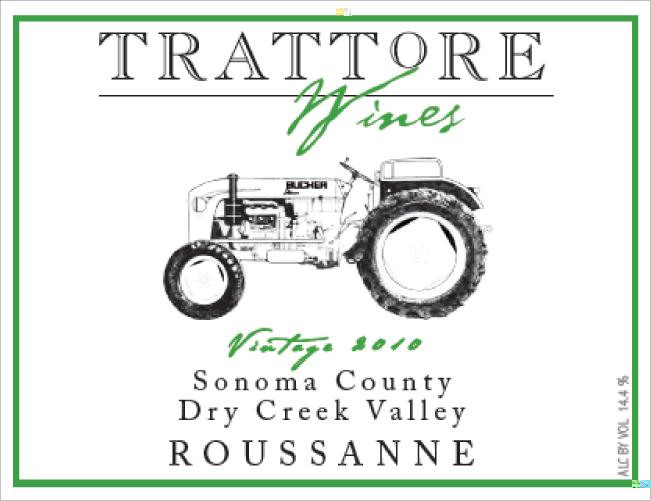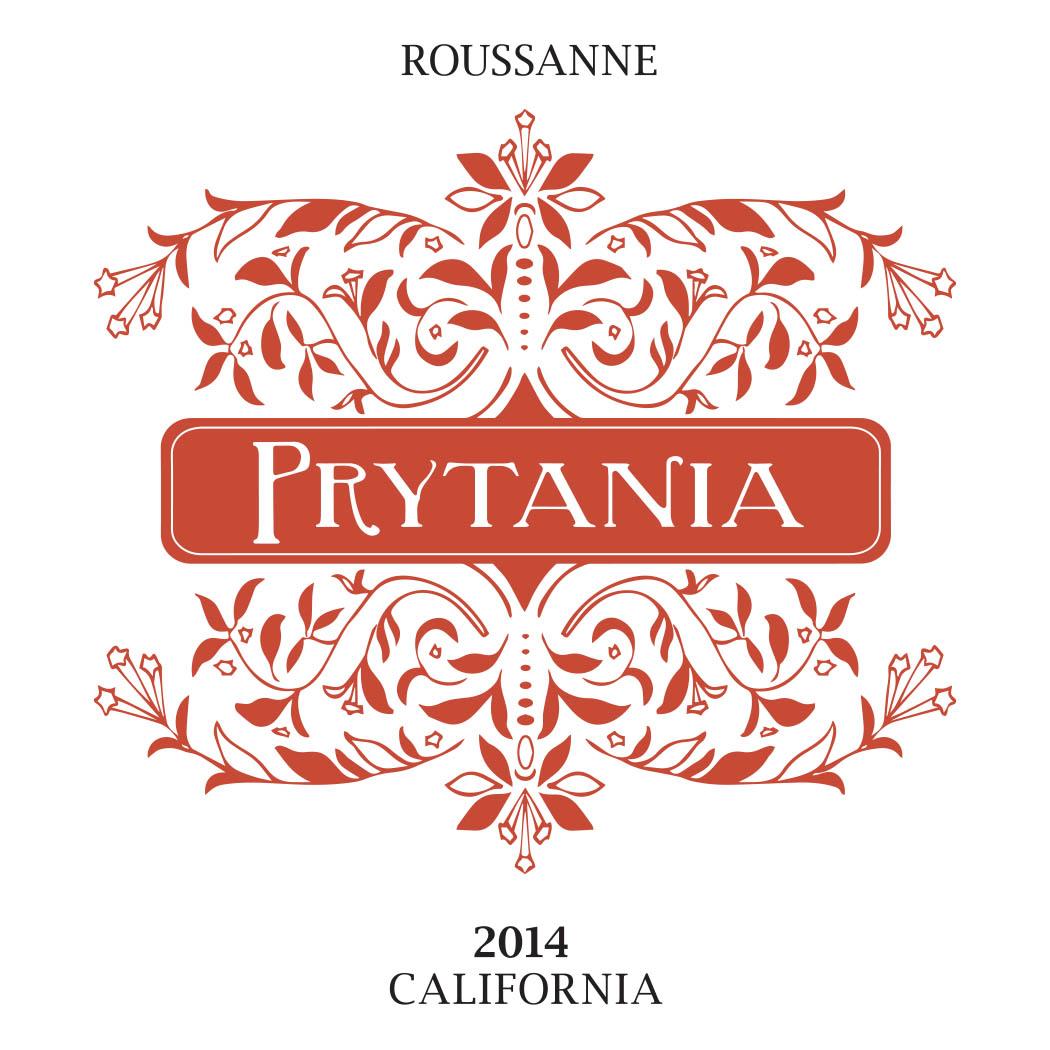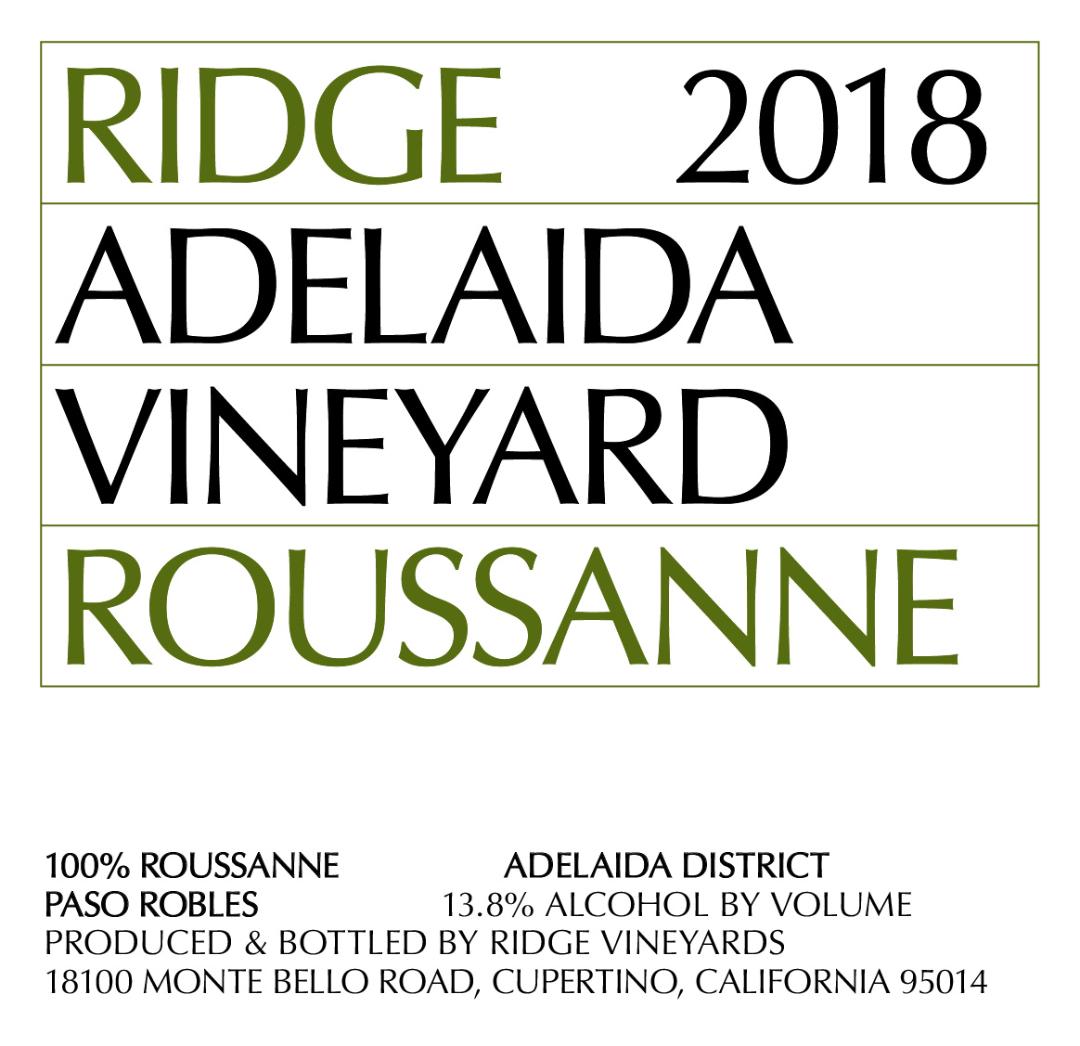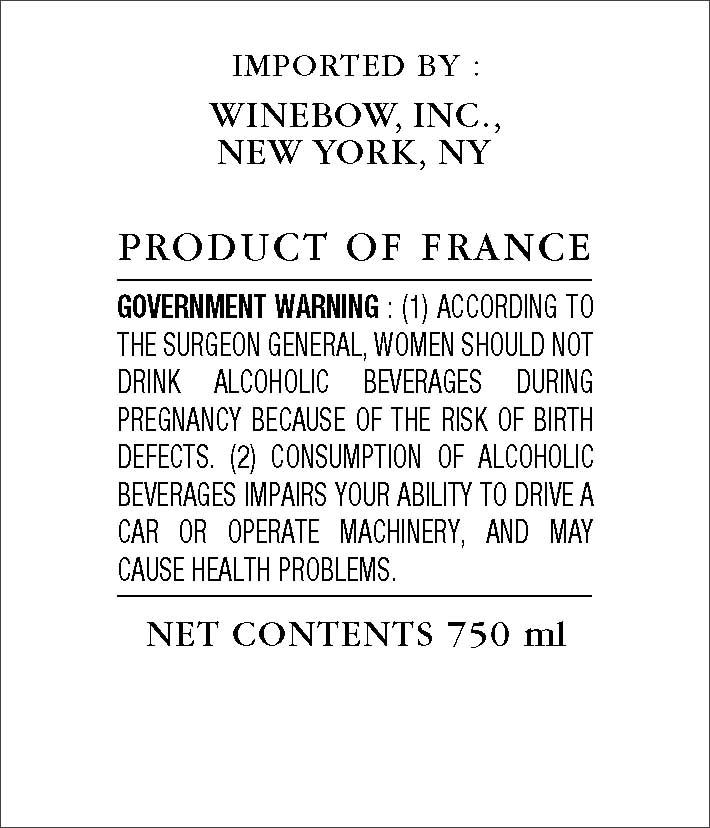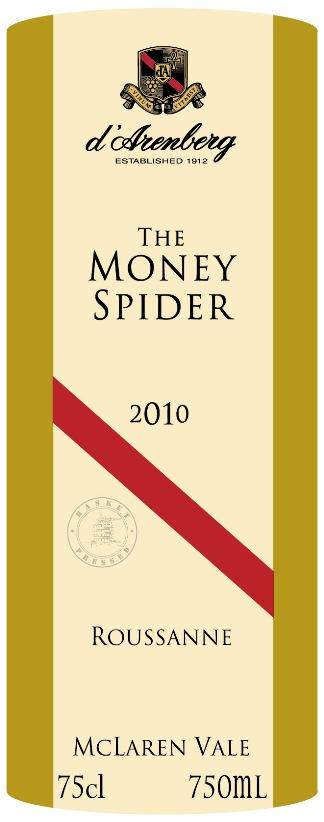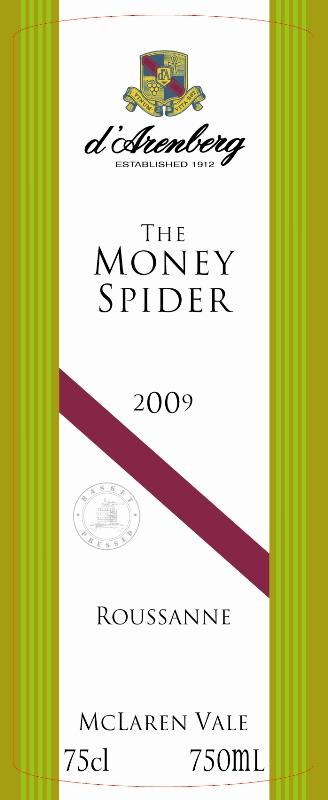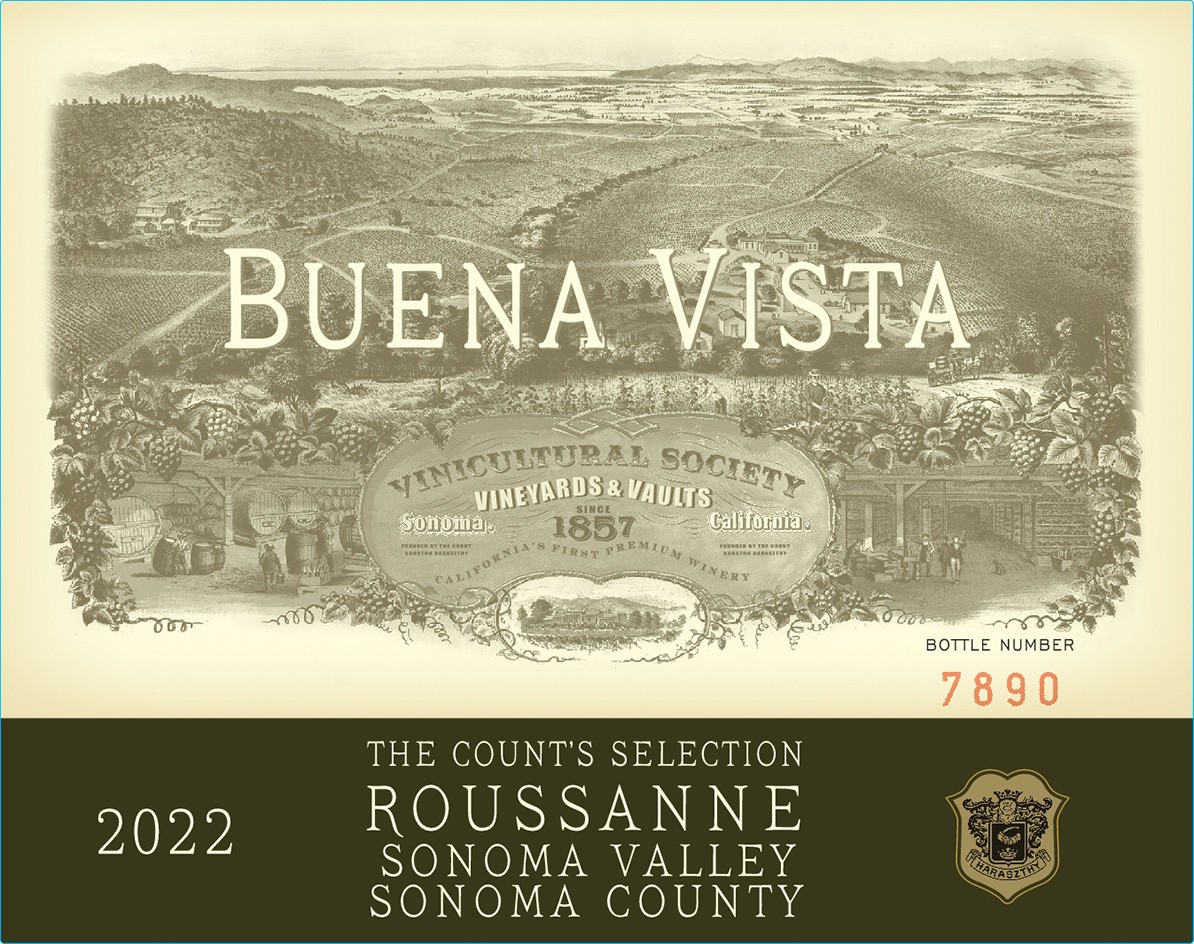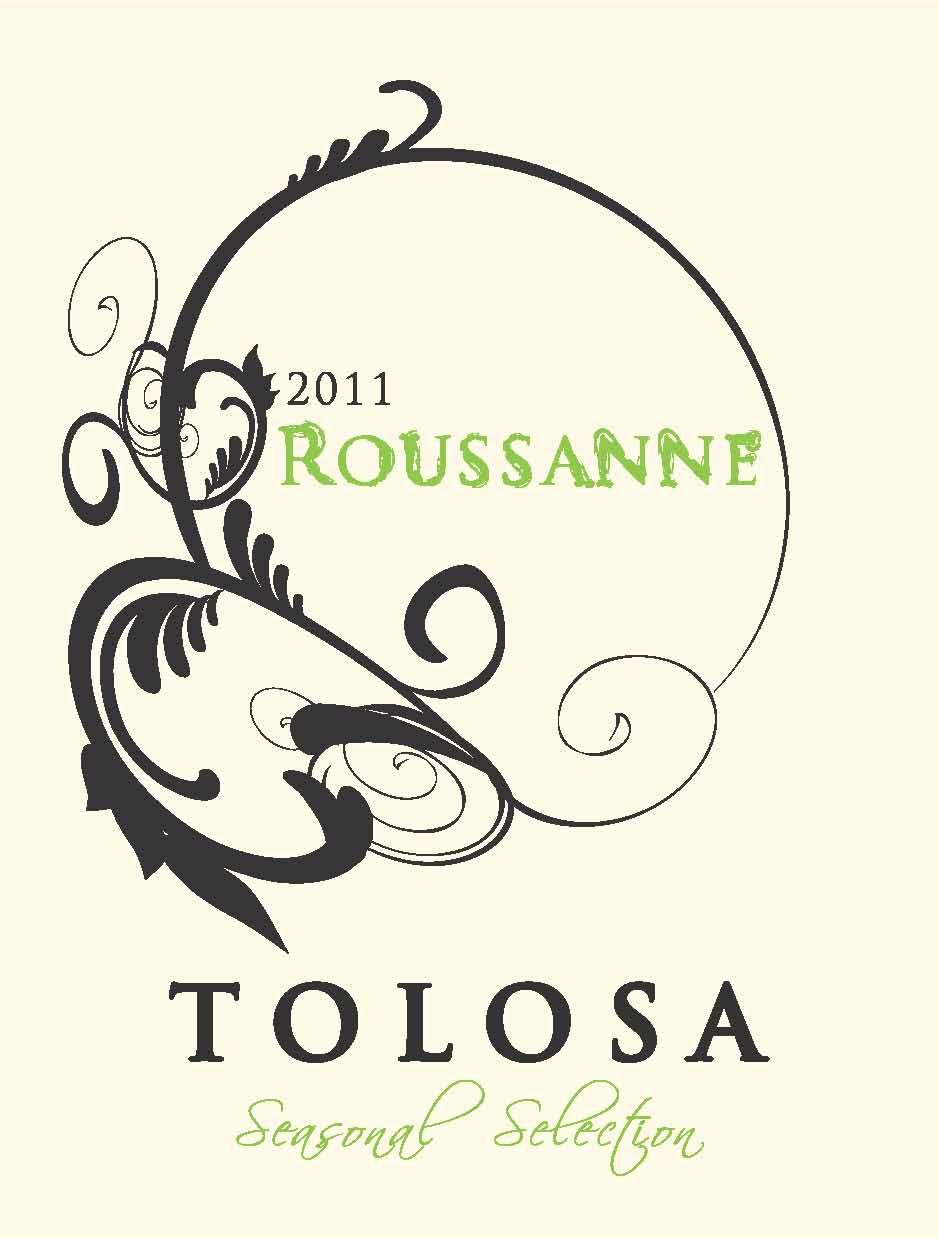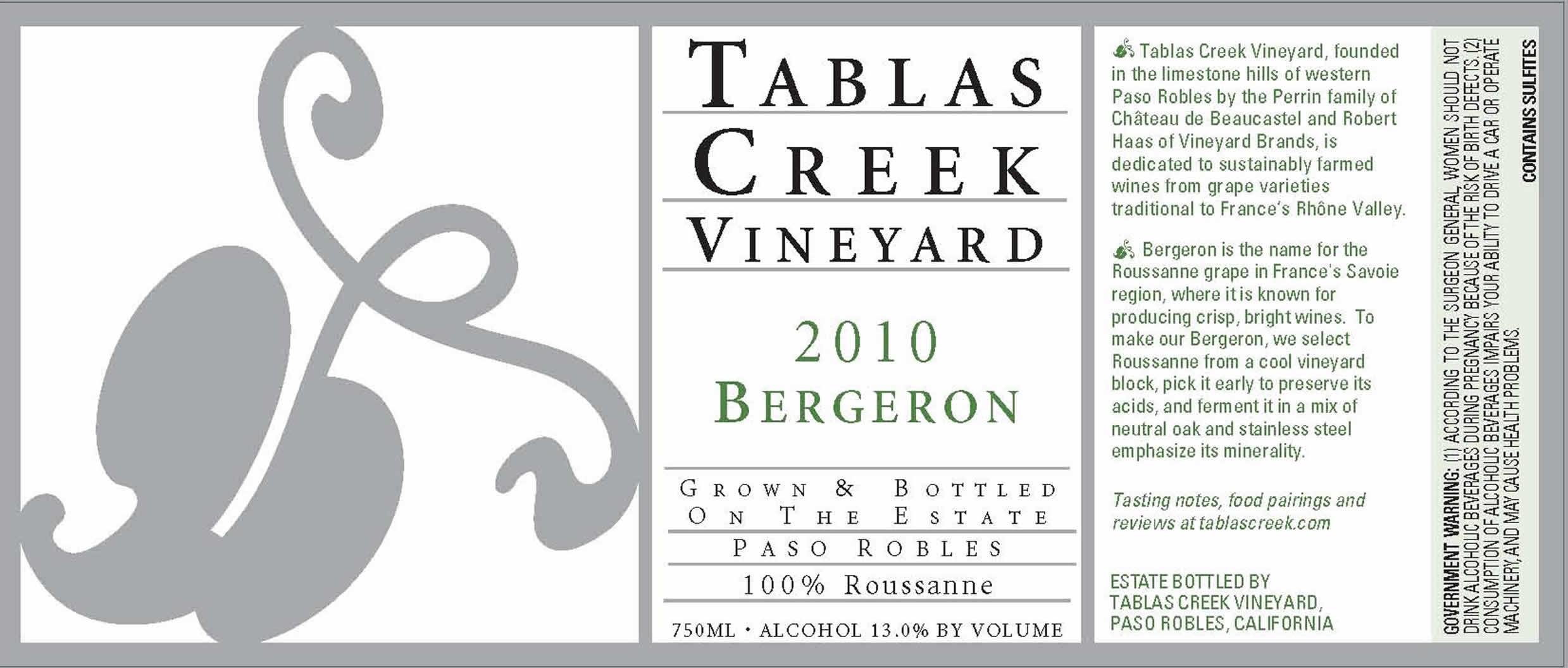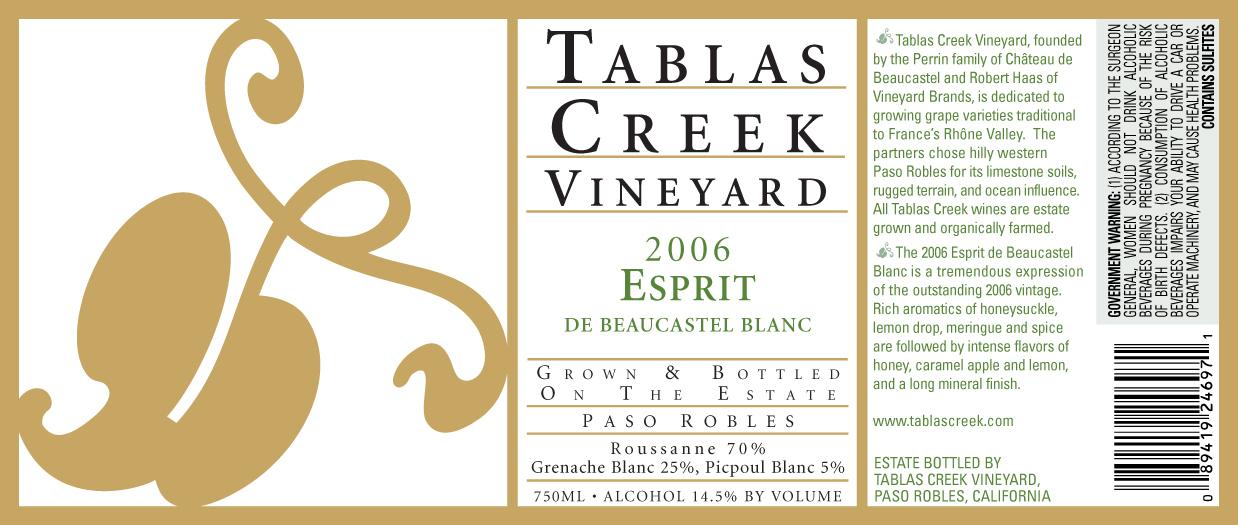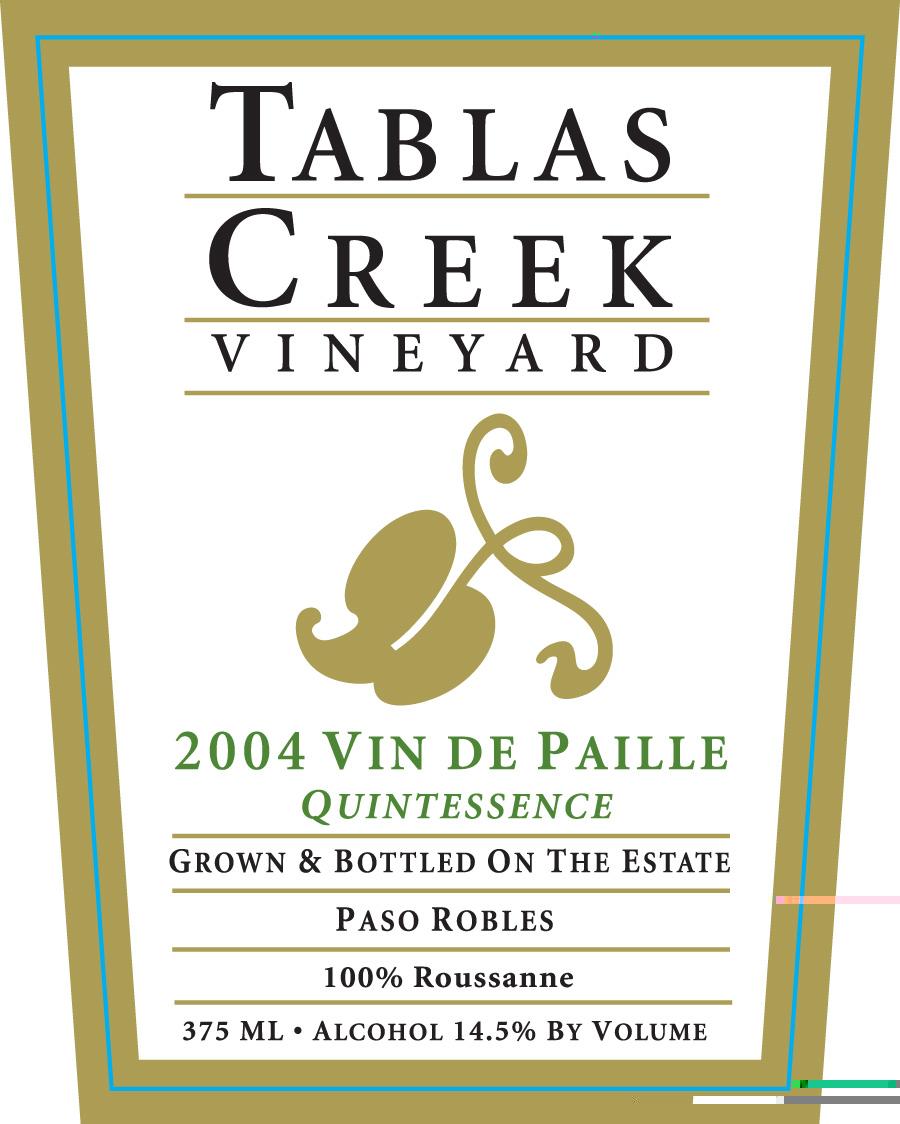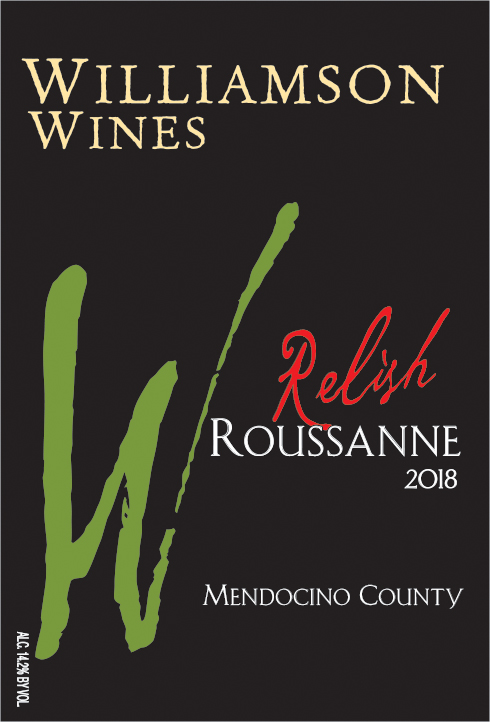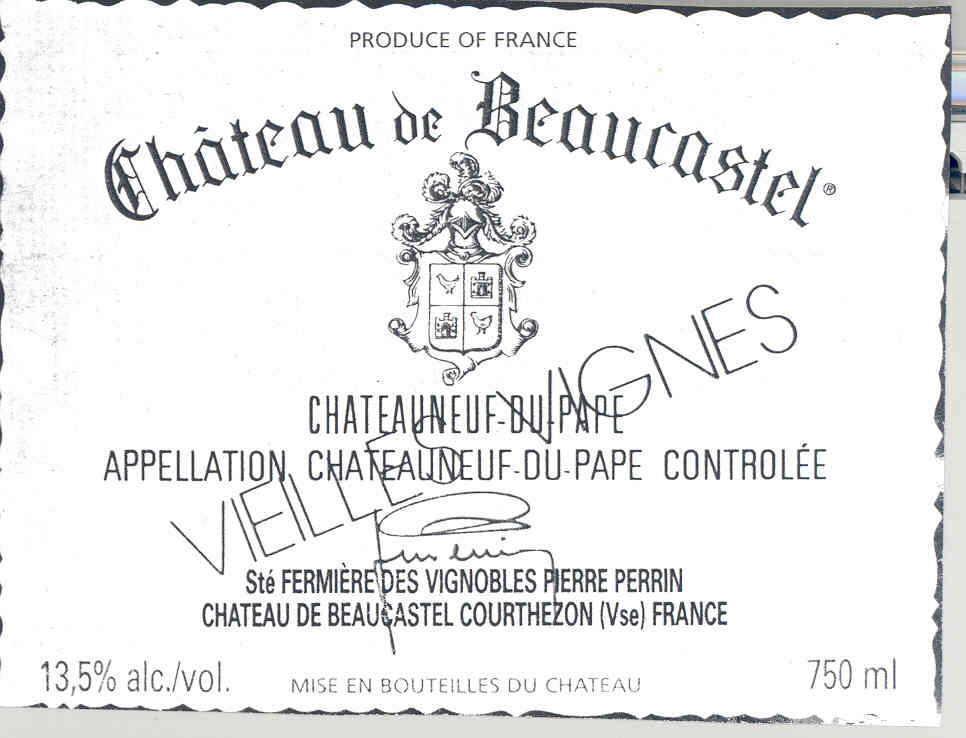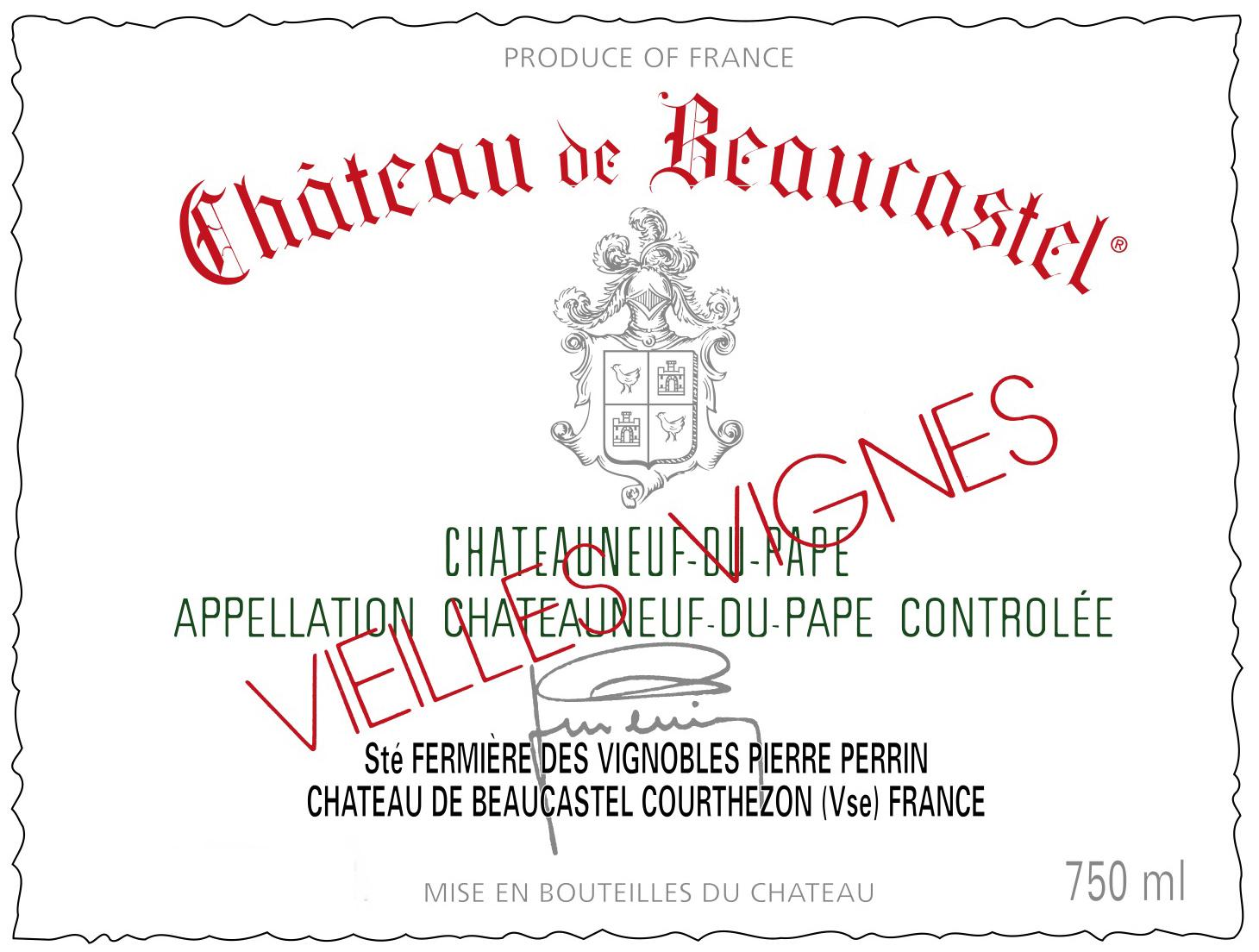Characteristics of Roussanne
Roussanne stands out for its striking balance of richness and vibrancy, delivering wines with a plush, almost oily texture that can feel as substantial as some reds. Its berries turn a distinctive russet-gold at ripeness, and in the vineyard, Roussanne is known for challenges like powdery mildew, rot, wind damage, uneven ripening, and low yields.
Often blended with Marsanne—valued for its reliability and body—Roussanne brings acidity and aromatic complexity, while winemakers may choose stainless steel or oak to highlight either its minerality or spice and floral notes. A unique part of its story is the California misidentification incident, which only adds to the grape’s intrigue and reputation among wine lovers.
What Does Roussanne Taste Like?
Roussanne’s character is deeply influenced by where it’s grown and the climate of each region:
- Savoie (Bergeron): Expect more pronounced peppery and herbal notes, setting these wines apart with their savory lift.
- Washington State: Often blended with Viognier, Roussanne here shows a vibrant “fruit salad” profile—apple, lime, peach, citrus, cream, and honey all mingling together.
- Australia (Warmer Climate): In these regions, Roussanne becomes bolder and more powerful, with a heartier, richer bouquet and structure.
Across all regions, Roussanne maintains its signature floral, stone fruit, and honeyed notes, but local influences and climate can shift the wine from delicate and herbal to opulent and robust.
Notable Region Roussanne Grows In
Roussanne’s character is shaped by where it’s grown, with each region offering a distinct expression of its aromatic complexity, texture, and age-worthiness.
- Northern Rhône, France: The classic heartland, where Roussanne is blended with Marsanne in appellations like Hermitage and Saint-Joseph, delivering wines with fresh acidity, minerality, and layered aromatics.
- Southern Rhône, France: Here, Roussanne shines both in blends and as a varietal—especially in Châteauneuf-du-Pape—producing rich, honeyed whites with floral and stone fruit notes.
- California, United States: Along the Central Coast and in select northern regions, California Roussanne is typically fuller-bodied and rounder, featuring ripe pear, apricot, and subtle herbal tones.
- Australia: In warmer zones like McLaren Vale, Roussanne takes on a bolder style, with powerful aromatics and a lush, almost tropical profile, whether bottled alone or in Rhône-style blends.
Food Pairings
Roussanne’s full body and balanced acidity make it a versatile partner for a wide range of dishes, especially those that might be too rich for lighter white wines.
- Rich shellfish and creamy dishes: The wine’s texture and weight complement lobster bisque, crab cakes, and seared scallops, while its acidity cuts through creamy pastas, risottos, and buttery soups, highlighting the natural sweetness of seafood and balancing richer sauces.
- Poultry, white meats, and hearty vegetables: Roasted chicken, turkey, pork, and veal—especially with robust sauces—find harmony with Roussanne, as do roasted root vegetables and winter squash dishes like butternut squash ravioli or fennel gratin, all of which echo the wine’s depth and bring out its savory notes.
- Spiced, exotic flavors and cheese: Roussanne bridges beautifully into moderately spiced cuisines such as North African tagines, Thai curries, and Indonesian satays, and pairs well with a range of cheeses, pâté, and rich nuts like macadamias and cashews, making it a flexible choice for both adventurous and classic pairings.


